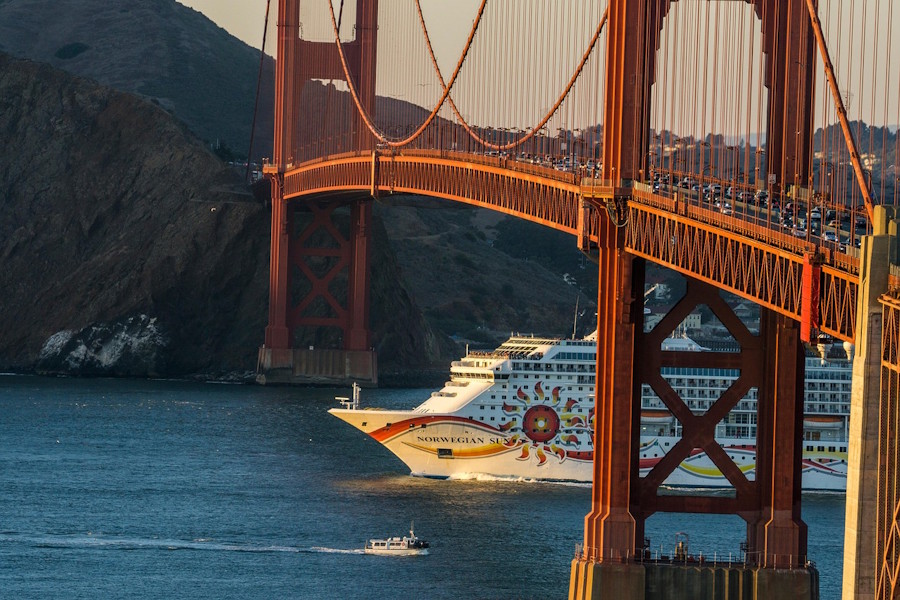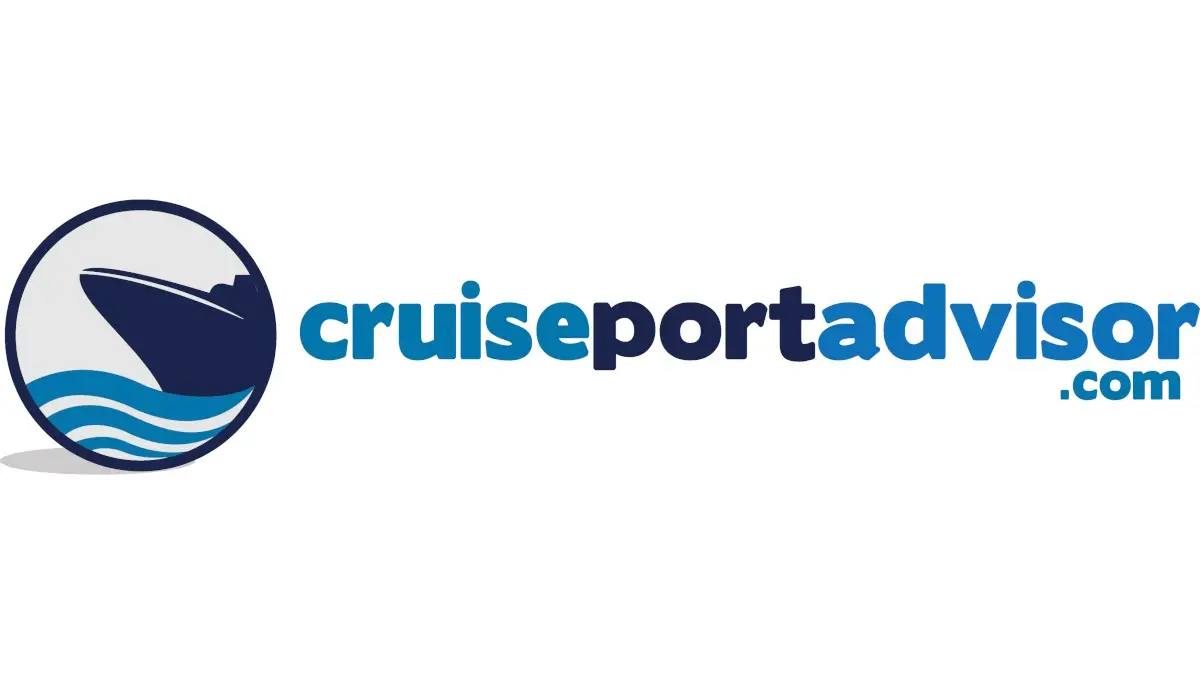Home » Can cruise ships handle rough seas?
Can cruise ships handle rough seas?
Updated May 15th, 2025
Modern cruise ships are incredible machines that had been designed and engineered for the real world, which includes rough seas. It’s not uncommon for a cruise ship to sail through waves of 15 feet on a regular basis.
Cruise ships are incredible feats of engineering. They sail across vast oceans, visiting stunning destinations. But what happens when the seas get rough? No worries—modern cruise ships are built to handle turbulent waters while keeping you safe and comfortable.
From advanced technology to sturdy designs, ships from lines like Royal Caribbean, Norwegian Cruise Line, and Cunard are ready for the challenge. This article explores how cruise ships manage rough seas, what you can expect onboard, and tips to make your journey smooth, so you can focus on enjoying gourmet dining or exploring exotic ports.
And, if you do experience rough seas, it’s good to know the answer to this question: Do cruise ships have doctors onboard?
How Cruise Ships Are Built for Tough Conditions
Cruise ships are designed to tackle rough seas with confidence. Their robust construction ensures safety in stormy weather. Key features include:
- Reinforced Hulls: Ships use heavy-duty materials to withstand high winds and waves. These hulls are rigorously tested to meet standards set by the International Maritime Organization.
- Stabilizers: Wing-like extensions below the waterline reduce rolling. For example, during a transatlantic crossing on Cunard’s Queen Mary 2, stabilizers kept the ship steady in strong North Atlantic swells, letting passengers enjoy shows without interruption.
- Ballast Tanks: Filled with water, these tanks lower the ship’s center of gravity. This boosts stability in choppy conditions.
- Structural Design: Modern ships, like Icon of the Seas, are built with balance in mind. Their wide, low profiles help them stay steady.
These features work together to keep ships safe and comfortable, even when the ocean gets wild.
Advanced Technology for Navigation
Cruise ships rely on cutting-edge technology to navigate storms. Captains have access to real-time data, ensuring smart decisions. Key systems include:
- Satellite Weather Tracking: Ships receive updates from agencies like the National Hurricane Center. This helps captains spot storms early.
- Radar Systems: Onboard radar detects nearby weather patterns. This allows for quick route adjustments.
- GPS and Charting Tools: Precise navigation systems guide ships to calmer waters. For instance, a Carnival ship once rerouted its Caribbean itinerary to avoid a tropical storm, keeping passengers safe.
Captains prioritize safety over sticking to the original plan. Rerouting to avoid rough seas is common, ensuring you can relax without worry.
Onboard Safety Measures in Rough Seas
When seas get choppy, cruise lines spring into action to keep everyone safe. Crew members are trained to handle these situations smoothly. Here’s what happens onboard:
- Securing the Ship: Loose items, like deck chairs or dining equipment, are tied down. Outdoor decks and pools may close to prevent accidents.
- Passenger Guidance: Crew advise passengers to avoid open areas. Handrails in corridors help you move safely. Staff are always nearby to assist.
- Safety Announcements: Updates come via cabin TVs, apps, or intercoms. Lines like Princess Cruises keep you informed without causing alarm.
These measures create a secure environment. You can keep enjoying indoor activities, from trivia games to spa treatments, while the crew handles the rest.
What to Expect During Extreme Weather
Cruise ships can handle significant waves, but extreme conditions may prompt changes. Here’s what might happen:
- Itinerary Adjustments: Ports may be skipped if conditions are unsafe. For example, a Norwegian Cruise Line ship once bypassed Bermuda due to high winds, offering onboard activities instead.
- Delayed Arrivals: Ships may slow down or detour to avoid storms. This ensures safe docking at the next port.
- Anchoring in Sheltered Waters: In rare cases, ships pause in calm areas until the weather clears. This keeps everyone safe.
- Increased Motion: You might feel more rocking, especially in forward or aft cabins. Midship cabins on lower decks feel less motion.
Cruise lines prioritize comfort. If a port is missed, they may offer onboard credits or extra entertainment. Motion sickness remedies, like pills or wristbands, are available at medical centers, often free or low-cost.
Passenger Comfort During Rough Seas
Even in rough seas, cruise ships aim to keep you comfortable. Modern designs minimize motion, but some rocking is normal. Here’s what to expect:
- Cabin Experience: Staterooms remain safe. You might hear creaking or feel slight swaying. Lower, midship cabins are the most stable.
- Dining and Services: Restaurants stay open. Crew may use plastic tableware for safety. Buffets might have limited access during heavy seas.
- Entertainment Options: Outdoor activities, like pool parties, may move indoors. Lines like Carnival add extra shows, games, or movie nights to keep you entertained.
Severe conditions rarely disrupt the entire cruise. Ships are rerouted to calmer waters, so you can still enjoy gourmet meals or Broadway-style performances.
Tips for a Smooth Cruise in Rough Seas
Want to stay comfortable during choppy waters? Try these practical tips:
- Choose a Stable Cabin: Book midship on a lower deck. These areas feel less motion, ideal for those prone to seasickness.
- Pack Motion Sickness Remedies: Bring over-the-counter pills, wristbands, or ginger candies. Medical centers onboard, like those on Holland America, stock these too.
- Attend the Muster Drill: This mandatory safety briefing explains protocols. It’s quick and helps you feel prepared.
- Stay Hydrated and Rest: Drink water and avoid heavy meals if seas are rough. This reduces discomfort.
- Explore Indoor Activities: Enjoy the spa, casino, or kids’ clubs. Ships like MSC Cruises offer plenty to do indoors.
These steps let you focus on the fun, knowing the ship is built to handle the weather.
Choosing the Right Ship for Stability
Not all ships are equal when it comes to rough seas. Larger, newer vessels are more stable. For example, Norwegian’s Prima-class or MSC’s World-class ships have advanced stabilizers and wide designs. Icon of the Seas, one of the largest cruise ships, is built for smooth sailing even in tough conditions.
Older or smaller ships, like those on expedition cruises, may feel more motion. If stability matters, research your ship’s size and technology.
Regional Considerations for Rough Seas
Rough seas vary by destination. Here’s a quick look:
- Caribbean and Bahamas: Tropical storms can stir up waves, especially in hurricane season. Ships reroute to calmer ports like Cozumel.
- Alaska and Northern Europe: The Inside Passage or Baltic Sea may see storms in colder months. Ships are designed for these conditions.
- Mediterranean: Winter cruises face occasional rough seas. Coastal routes allow easy diversions.
- Transatlantic Routes: Open-ocean crossings, like those on Cunard, may encounter swells. Ships adjust paths to avoid storms.
Knowing your itinerary’s weather patterns helps you pack and plan. For example, bring layers for cooler, windier regions.
Crew Training and Safety Protocols
Cruise ship crews are pros at handling rough seas. Captains undergo extensive navigation training. They make real-time decisions based on weather data. Crew members secure the ship and assist passengers. Regular safety drills keep everyone prepared.
Passengers get safety briefings too. The muster drill, held before departure, covers emergency procedures. It’s a quick way to know what to do if conditions worsen. Crew support ensures a calm, safe atmosphere.
Onboard Activities During Rough Seas
Rough seas might mean more indoor time, but cruise ships have you covered. Entertainment teams ramp up activities. Think trivia contests, craft workshops, or dance classes. Kids’ clubs on lines like Disney Cruise Line keep young travelers busy. Spas offer relaxing treatments, and theaters host extra shows.
Dining options stay open, with minor adjustments for safety. You can still savor gourmet meals or grab a casual bite. These activities make sea days just as fun as port days.
Industry Standards for Safety
Cruise lines follow strict regulations. The International Maritime Organization sets global standards for ship construction and safety. Regular inspections ensure compliance. Advanced technology, like stabilizers and navigation systems, meets these requirements.
Cruise lines also invest in crew training. This ensures quick responses to weather challenges. Transparency, like sharing safety protocols, builds passenger trust. You can relax knowing the industry prioritizes your safety.
Planning for a Worry-Free Cruise
A little prep goes a long way. Check your cruise line’s website, like Royal Caribbean, for ship details. Research your itinerary’s weather risks. Pack motion sickness remedies and comfortable clothing. Travel insurance covering weather disruptions adds peace of mind.
Choosing a modern ship with strong stabilizers ensures a smoother ride. With these steps, you’re ready for a fantastic cruise, rough seas or not.
Final Thoughts on Rough Seas
Cruise ships are built to handle rough seas with ease. Reinforced hulls, stabilizers, and advanced navigation keep you safe. Crews are trained to manage stormy conditions, and onboard activities keep the fun going.
By picking a stable cabin, packing smart, and staying informed, you’ll enjoy your cruise without stress. Savor gourmet dining, catch a show, or explore ports like Nassau or Santorini, knowing your ship is ready for anything.
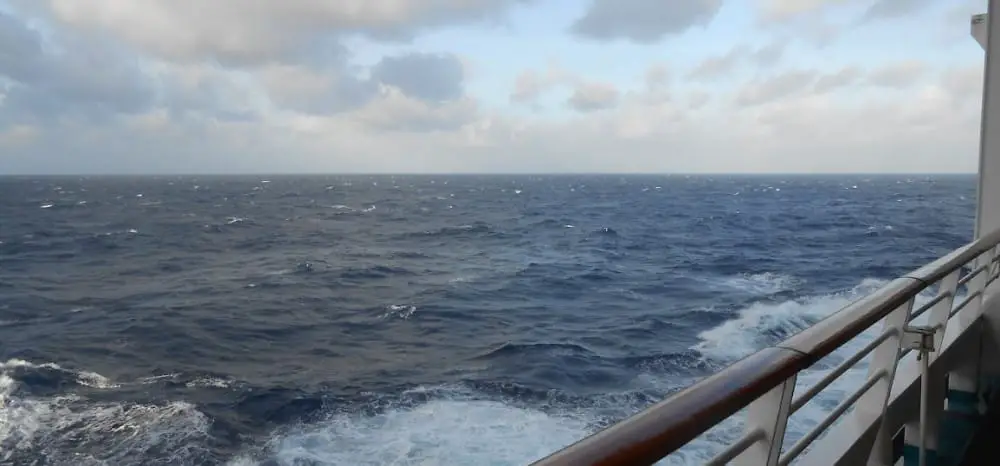
RECENT POSTS

Discover the Cruise Ports of Eastern Canada & Quebec
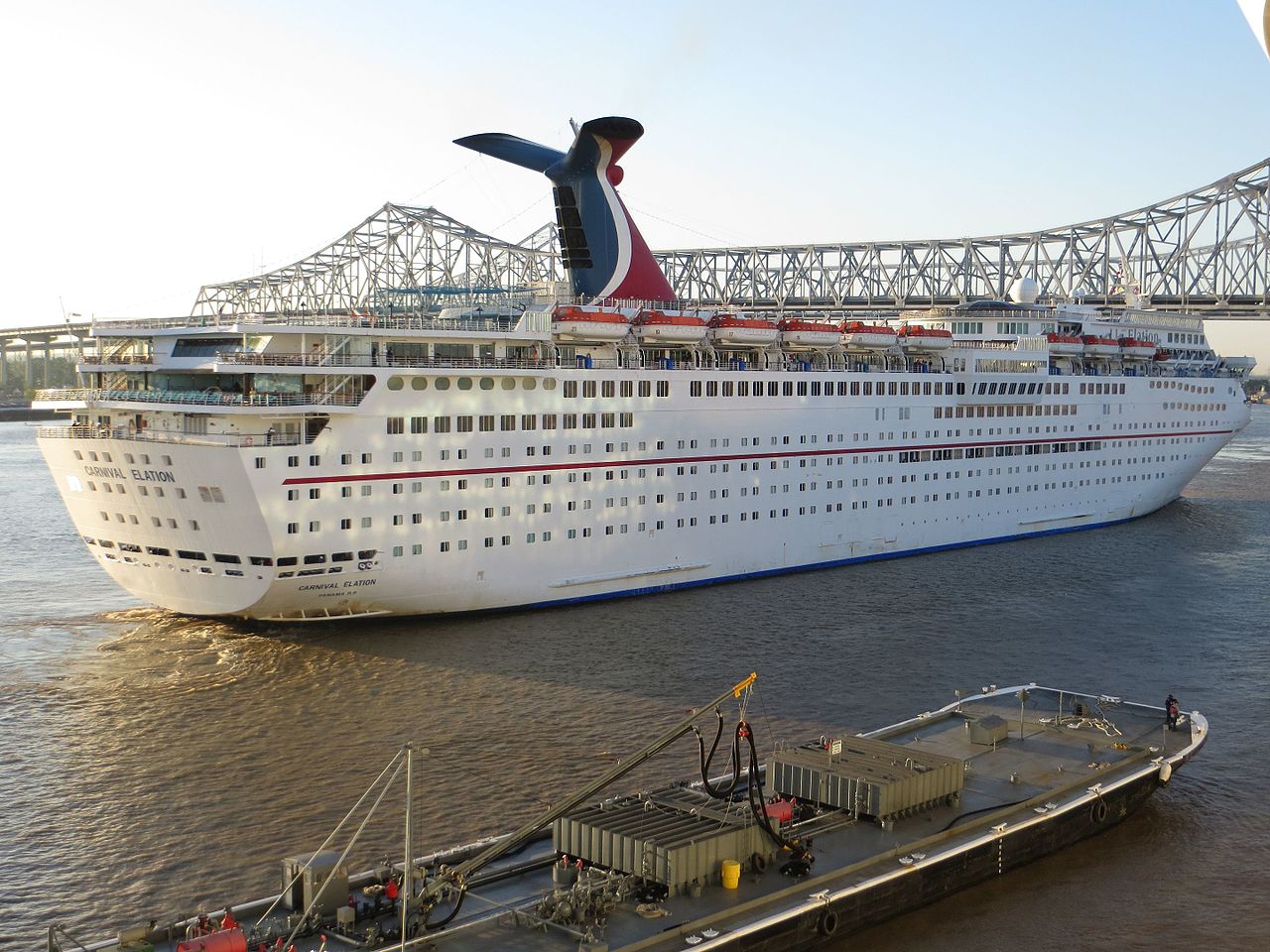
Inside the Worst Cruise Lines: Lowest-Rated Ships and Why They Disappoint
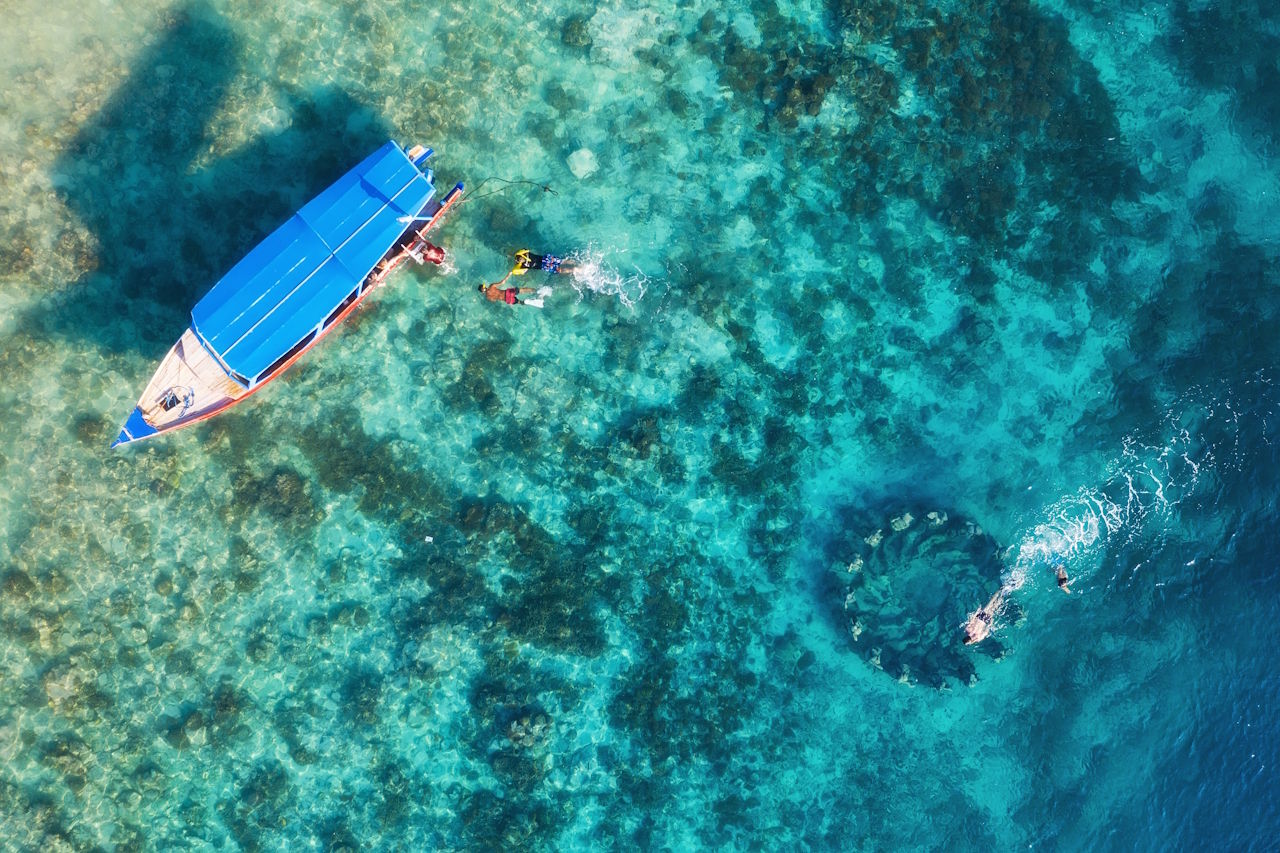
Snorkeling in Cozumel: A Cruise Passenger’s Guide for Your Port Day
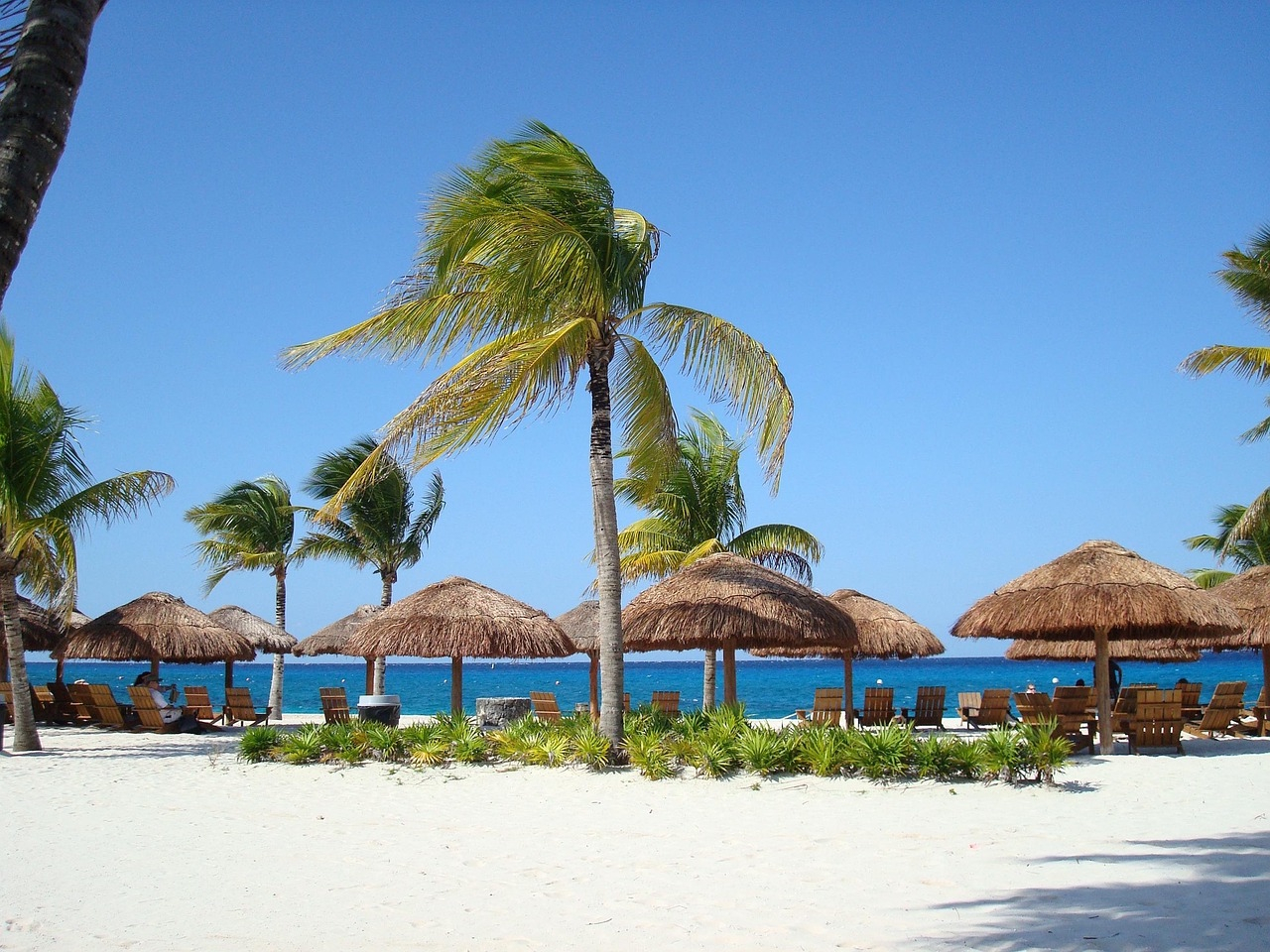
How to Make the Most of a Short Port Stop in Cozumel
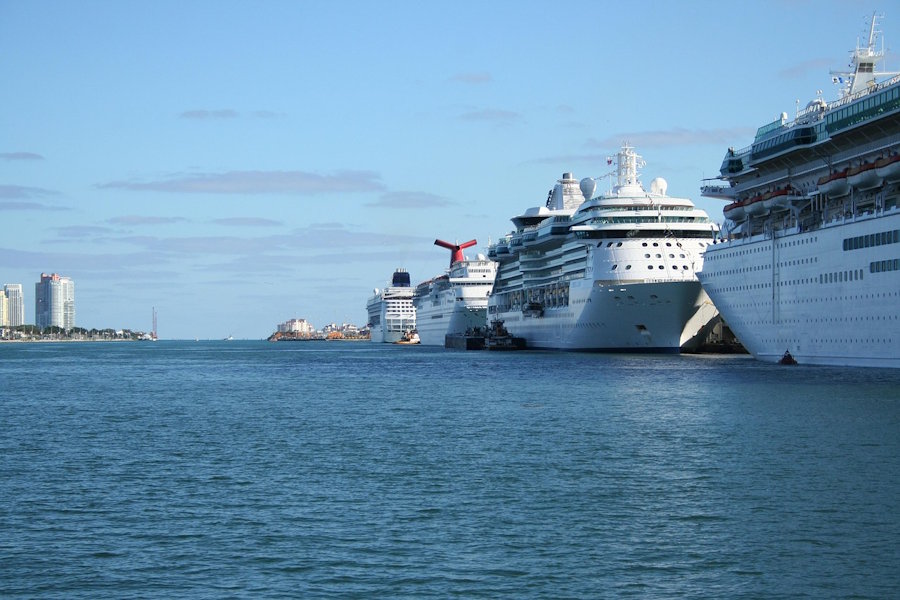
Cruise Ship Ports in Florida
